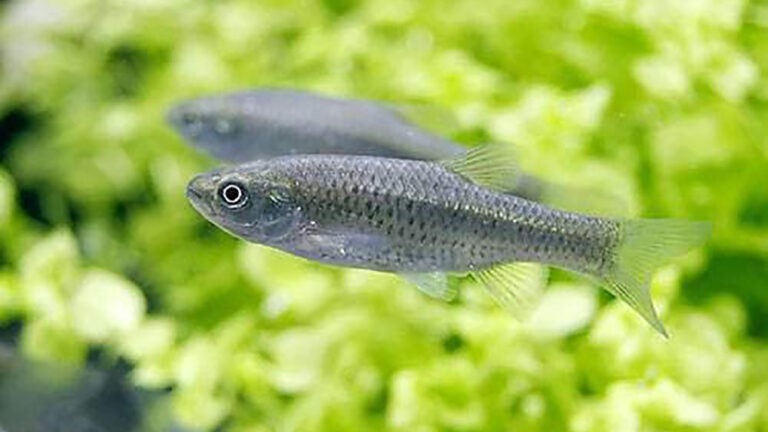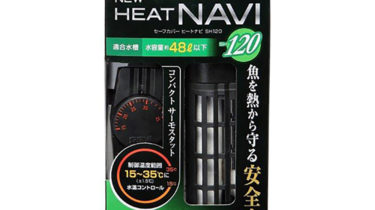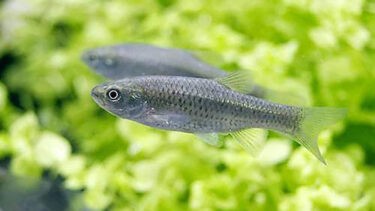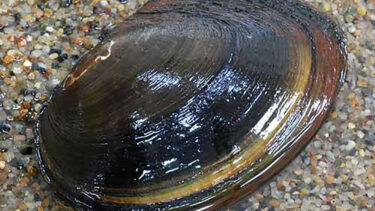The numamutu is a member of the carp family Kawamutu of the order Carp, which inhabits the rivers around Lake Biwa in Shizuoka Prefecture to Shiga Prefecture, the Seto Inland Sea coast of the Chugoku and Shikoku regions, and the Ariake Sea coast of Kyushu. It is a river fish with a slightly lighter vertical band on the body side and red/pink-colored front margins on the pectoral and abdominal fins. The Numamutsu belongs to a species endemic to Japan. In this article, I would like to explain in detail the characteristics of the numamutu and how to keep it.
What is Numamutu?
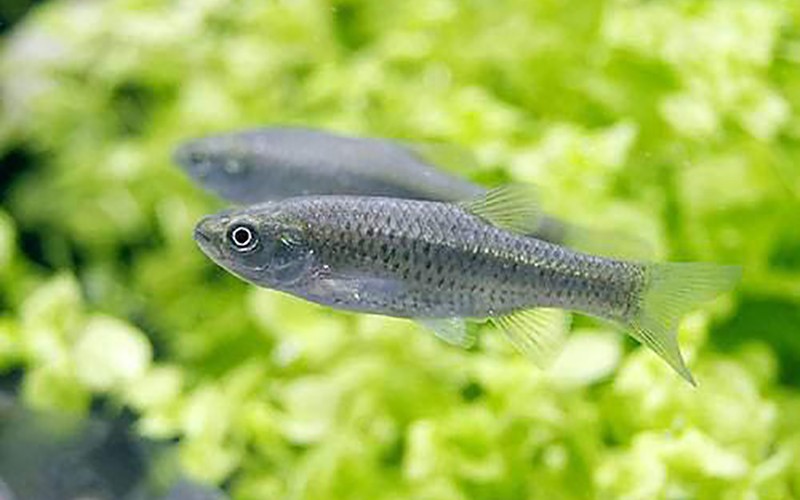
Nunamutu belongs to the Kawamutu genus of the carp family, Carpidae. The habitat of the common stonefish is the area around Lake Biwa in Shizuoka and Shiga prefectures, the coast of the Seto Inland Sea in the Chugoku and Shikoku regions, and the rivers of the Ariake Sea coast of Kyushu. Although the species tends to prefer slow-flowing habitats such as irrigation canals and lakes, in recent years it has been found in areas other than its traditional habitat due to deterioration of the habitat environment. The Japanese common murre belongs to a species endemic to Japan. In some places, they are considered semi-endangered.The numa-mutsu has a smarter silhouette than the kawamutsu, although it has a larger body width due to its weaker lateral flanks. The body color is red (pink) with a slightly lighter longitudinal band on the body and red (pink) anterior edges on the pectoral and ventral fins. The numa-mutsu was originally the same species as the kawamutsu. However, it became a separate species around 2000 because it did not interbreed with the kawamutu and had finer scales. The name "Numa-tsu" was given to this species because, while Kawamutsu are adapted to flowing water and live in the upper and middle reaches of rivers, Numa-tsu are adapted to still water, preferring gentle streams such as irrigation canals and swamps.
The Abrahamia is a yellowish-brown river fish with small scales, small black spots on its body, and a characteristic longitudinal band on the side of its body. [...]
Kawamutsu is a genus of carp in the family Carpidae, order Carpidae, that inhabits rivers and lakes in China and the Korean Peninsula in East Asia and in Honshu, Shikoku and Kyushu west of the Tenryu River that flows through Nagano, Aichi and Shizuoka Prefectures in Japan and the Noto Peninsula in Japan. [...]
How to keep NUMAMUTSU
Numamuts are an easy species to keep as long as you know how to keep them. The life span of Kawamutsu is approximately 3 to 5 years. Their body size is approximately 10-15 cm. However, both lifespan and body size vary depending on the environment in which they are kept and the food they are fed. They prefer slightly alkaline to neutral water quality, with a pH of 7.0 to 8.0. They can live in water temperatures between 5-25℃.
A heater is a device that maintains a constant water temperature. If you go to a specialty store that carries heaters, you will find a wide variety of types. Some people may be at a loss as to which one to choose. In this article, we would like to explain about such heaters [...]
Points to keep in mind when mixing swimmers
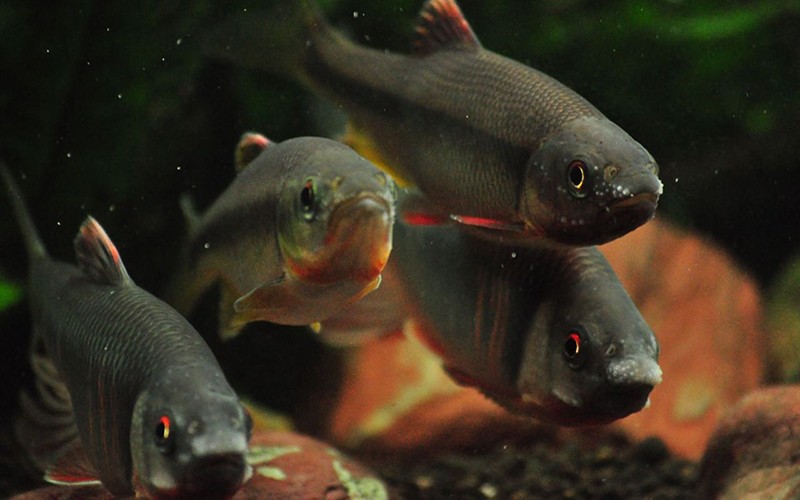
Regarding mixed swimming, first of all, the character of Numamuts is mild. For this reason, it is recommended to mix them with other species of the same size or medium-sized species such as rosy bitterling.Since the Numamuts are omnivorous, care should be taken when mixing them with smaller species, as they may chase after them. Also, if the mixed species is a territorial species or a chasing species, it may weaken due to stress. If you are worried about having them swim together, we recommend that you add more aquatic plants to the tank to create a hiding place for them.
Many people think that goldfish are the goldfish that you see at fairs and festivals in the summer, and that there are many different kinds of goldfish. And it is no exaggeration to say that each type of goldfish has its own characteristics, and that is the best part about goldfish [...]
When you go to a specialty store to look at killifish, you will be surprised at the many varieties available. The prices are different, as are the body colors and patterns, so it is hard to know what to choose. So, in this article, I would like to explain in detail about the different types of medaka. Types of Medaka Scarlet Medaka [...].
Points about spawning
Many people who keep nummuts want to breed them. In the wild, the spawning season for the Numamutu is from June to July. If kept in captivity, the timing when the water temperature reaches around 20 degrees Celsius is the signal for spawning. When it is time to spawn, males will have a red nuptial coloration on the underside of the head and abdomen. A very small trailing star will appear on the head and rump fins. The female extends a black tube, called the oviduct, from near the rump.When mature males and females are present, they spawn on gravel and other surfaces in shallow water. They hatch in about 24 hours when the water temperature is 25°C. As fry, they consume yokelsack (nutrition received from their parents) as other species do, and after that, they should be fed with fry food or other food. The fry then grow to 2-7 cm in 1 year, 7-13 cm in 2 years, and 11-15 cm in 3 years.
Points to keep in mind when keeping nummuts

The numa-mutsu is a river fish with a slightly lighter longitudinal band on its body and red (peach-colored) front edges on its pectoral and abdominal fins. In nature, they tend to prefer slow-flowing habitats such as irrigation canals and lakes, but in recent years, due to deterioration of their habitat, they have been found in areas other than where they used to live. The Japanese common murre belongs to a species endemic to Japan. In some places, it is considered a quasi-endangered species.Although the black crucian carp is often mistaken for the white crucian carp, please pay close attention to its rounded face, relatively large eyes, and fine scales, which are different. Compared to the kawamutsu, the kawamutu lives in areas with slower currents, so you will probably have more opportunities to see it. They are an important river fish in terms of education, as they are an essential part of the traditional Japanese ecosystem. If you are interested in Kawamutsu, I recommend that you take a look at them at a specialty store.
The reef fish is a member of the family Gobyidae of the order Perchidae, found in rivers and lakes in tropical and temperate regions such as Japan and Southeast Asia. It is a river fish characterized by its sucker-like ventral fins that are evenly concave inward. Some species also have a reddish-brown line on the head [...]

